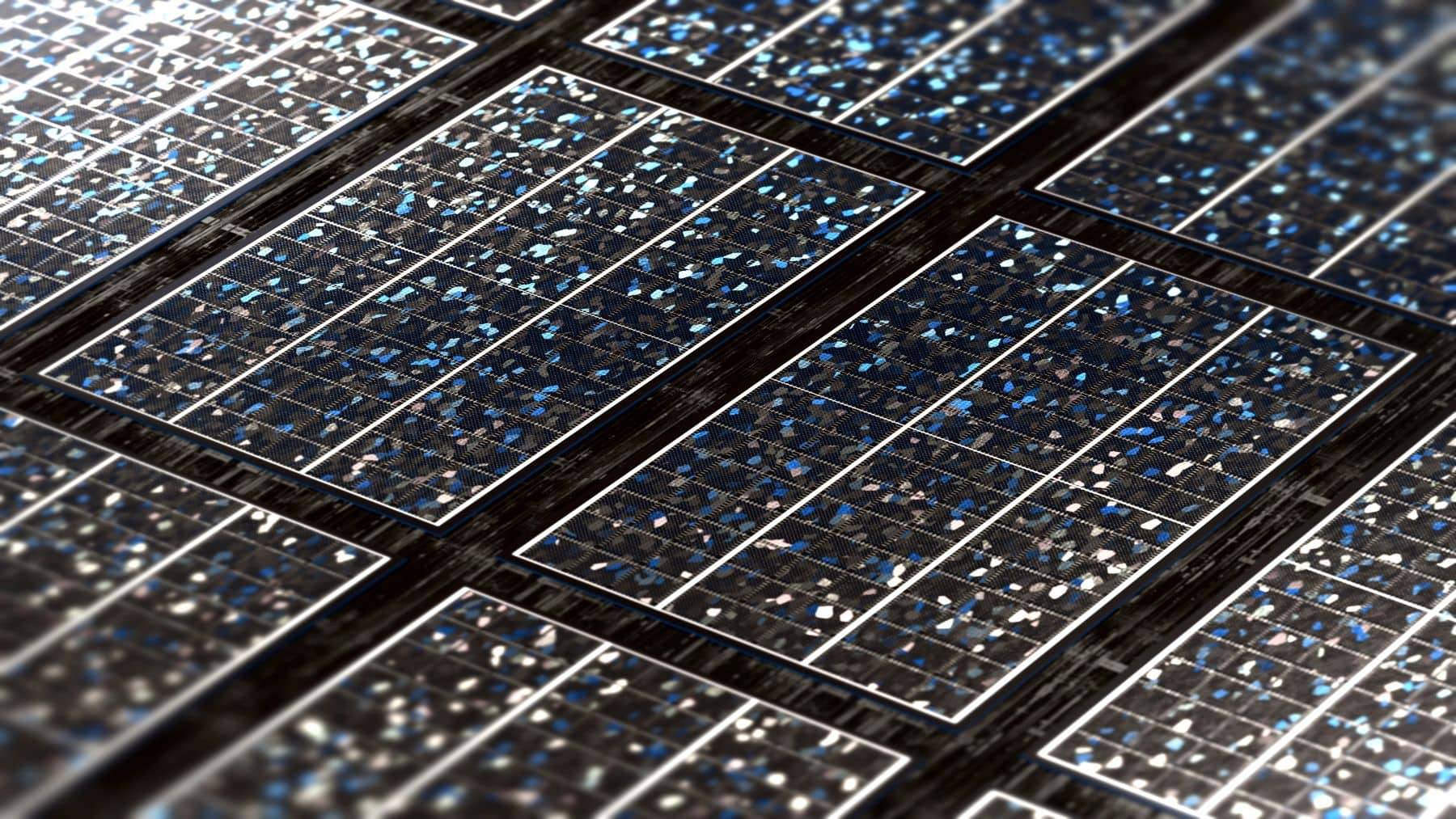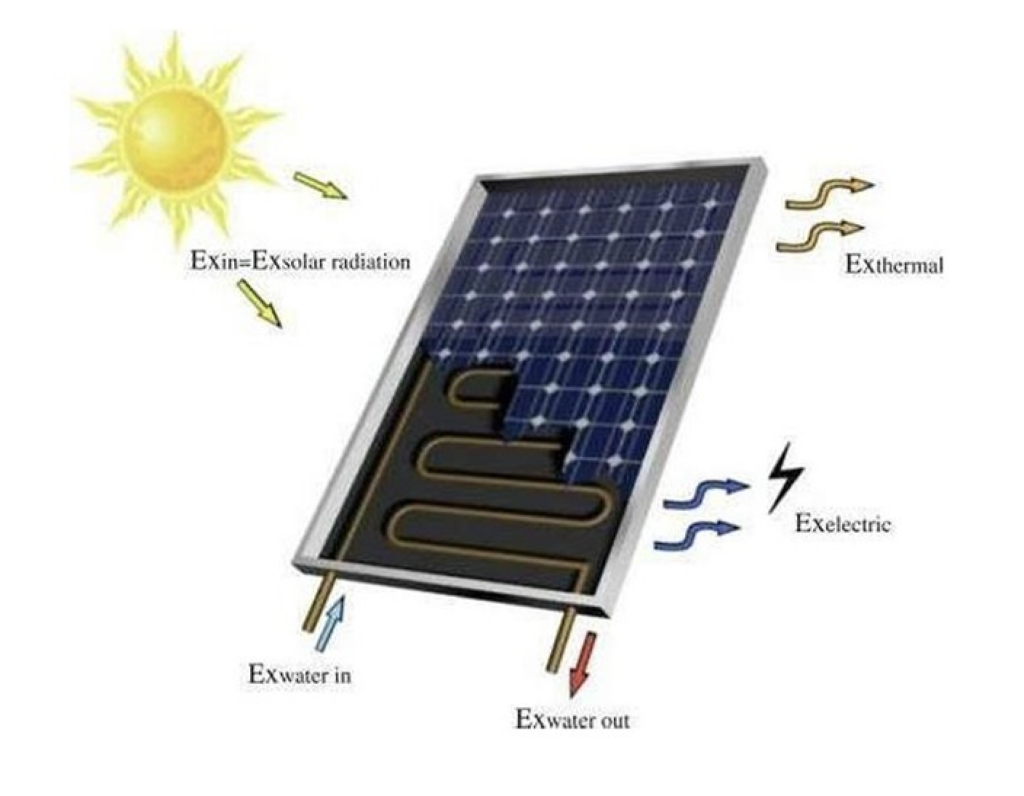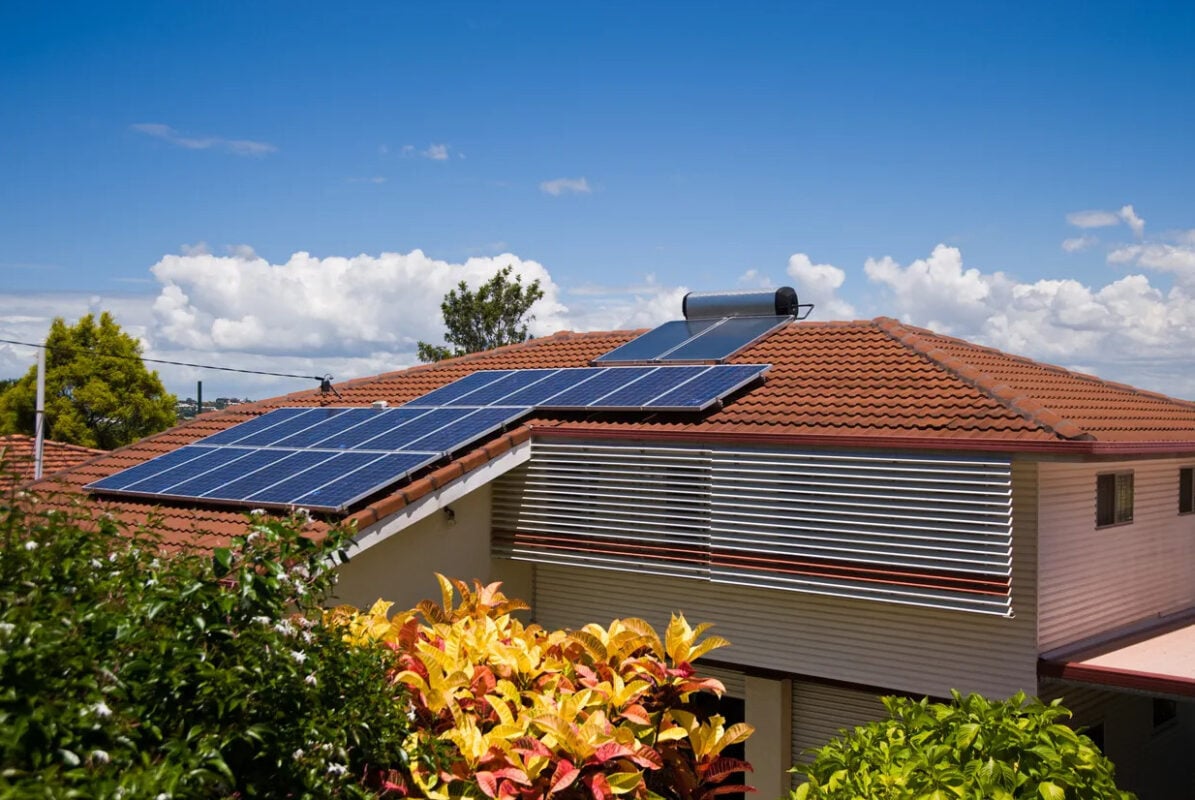Denmark trials “new photovoltaics” — 50% more energy from panels you can’t even see – ecoportal.net

Report on Transparent Photovoltaic Technology and its Contribution to Sustainable Development Goals
Introduction
A collaborative European Union initiative, the CitySolar project, has achieved a significant breakthrough in solar energy technology in Denmark. Scientists have developed transparent solar panels that function as windows, demonstrating a record-breaking power conversion efficiency of 12.3%. This innovation presents a transformative approach to renewable energy generation, directly aligning with several key United Nations Sustainable Development Goals (SDGs) by integrating power production into urban infrastructure.
Technological Advancement and Performance
The project, involving researchers from the University of Southern Denmark (SDU) and seven collaborating nations, has successfully addressed the traditional trade-off between transparency and efficiency in photovoltaic windows. The new cells represent a 50% improvement in efficiency over some predecessors while maintaining 30% visible light transmittance, ensuring their viability as functional windows.
Key Performance Metrics
- Power Conversion Efficiency: 12.3%
- Visible Light Transmittance: Approximately 30%
- Technological Leap: 50% efficiency improvement over previous models.
Technical Composition
The technology utilizes a transparent tandem solar cell structure, a key innovation supporting SDG 9 (Industry, Innovation, and Infrastructure). This design incorporates two distinct photovoltaic materials:
- A perovskite layer to absorb near-ultraviolet (NUV) light.
- An organic polymer/near-infrared (NIR) cell to capture light from beyond the visible spectrum.
This dual-layered approach allows for the harvesting of energy from a wider light spectrum while permitting visible light to pass through, striking an optimal balance between power generation and transparency.
Alignment with Sustainable Development Goals (SDGs)
The development of solar-powered windows offers a direct pathway to achieving critical global sustainability targets by retrofitting urban environments for energy production.
SDG 7: Affordable and Clean Energy
This technology fundamentally supports the goal of ensuring access to affordable, reliable, sustainable, and modern energy for all.
- It increases the share of renewable energy by turning countless glass surfaces on buildings and public structures into power generators.
- It promotes decentralized energy systems, reducing reliance on large-scale power plants and enhancing energy supply resilience.
SDG 11: Sustainable Cities and Communities
By integrating energy generation into the fabric of cities, this innovation is pivotal for creating inclusive, safe, resilient, and sustainable urban environments.
- It enables buildings to become energy prosumers, significantly reducing the carbon footprint of the building sector, a major energy consumer.
- It optimizes land use by eliminating the need for dedicated land or sea space for solar farms, a critical advantage in dense urban areas.
SDG 13: Climate Action
The widespread adoption of this technology would be a substantial step in combating climate change and its impacts.
- It provides a novel tool for nations to decarbonize their economies by dramatically lowering emissions from the building and energy sectors.
- It facilitates a global shift in power supply infrastructure towards clean, renewable sources.
Challenges and Future Outlook
While the prototypes demonstrate immense potential, transitioning from a laboratory setting to widespread commercial application requires overcoming several challenges.
Obstacles to Implementation
- Scalability: Developing manufacturing processes for large-scale, cost-effective production.
- Durability: Ensuring the long-term stability and performance of the solar cells in diverse environmental conditions.
- Cost: Achieving a price point that is competitive with both traditional windows and conventional solar panels.
- Regulatory Integration: Ensuring compliance with national and international building codes without compromising structural integrity or safety.
Should these challenges be successfully addressed, this technology is poised to trigger a paradigm shift in global energy production, accelerating progress towards a sustainable and decarbonized future in line with the 2030 Agenda for Sustainable Development.
Analysis of Sustainable Development Goals in the Article
1. Which SDGs are addressed or connected to the issues highlighted in the article?
The article on transparent solar panel development in Denmark connects to several Sustainable Development Goals by focusing on technological innovation for clean energy, sustainable urban development, and climate action.
-
SDG 7: Affordable and Clean Energy
This is the most prominent SDG in the article. The entire text revolves around a new development in solar energy technology—transparent solar panels. The innovation aims to make solar energy generation more integrated into urban environments, thus increasing the availability and accessibility of clean energy.
-
SDG 9: Industry, Innovation, and Infrastructure
The article details a specific technological innovation born from a collaborative scientific research project (“EU’s CitySolar project” at the University of Southern Denmark). It discusses upgrading infrastructure (buildings, bus stations) with this new, clean technology, which directly aligns with fostering innovation and building resilient, sustainable infrastructure.
-
SDG 11: Sustainable Cities and Communities
The application of these transparent solar panels is explicitly linked to urban settings. The article mentions that “the city is strewn with buildings that are covered in glass, structures like bus stations… which could potentially become power stations.” This highlights the goal of making cities more sustainable and reducing their environmental footprint by utilizing existing surfaces for energy generation.
-
SDG 13: Climate Action
The article directly addresses the potential impact of this technology on climate change. It states that integrating these solar windows into buildings will “lower emissions dramatically” and help “nations looking to decarbonize.” This connects the innovation to the broader goal of combating climate change by reducing greenhouse gas emissions from the building sector.
2. What specific targets under those SDGs can be identified based on the article’s content?
Based on the issues discussed, the following specific SDG targets can be identified:
-
Target 7.2: Increase the share of renewable energy
The development of more efficient (12.3%) and versatile solar panels directly contributes to increasing the proportion of renewable energy in the global energy mix. By turning windows into power sources, this technology expands the potential for solar energy generation beyond traditional solar farms.
-
Target 7.a: Promote access to clean energy research and technology
The article highlights the “EU’s CitySolar project” and the involvement of “seven or more collaborating countries” as a collaborative effort to advance clean energy technology. This international cooperation is central to Target 7.a.
-
Target 9.5: Enhance scientific research and upgrade technology
The work being done at the “University of Southern Denmark (SDU)” is a clear example of enhancing scientific research. The article focuses on a technological upgrade—improving transparent solar cell efficiency by 50% compared to predecessors—which directly supports this target by encouraging innovation.
-
Target 11.6: Reduce the environmental impact of cities
The article suggests that since the “building sector uses a sizeable portion of energy,” using windows to generate power would reduce the need for externally supplied energy, thereby lowering emissions and the overall adverse environmental impact of cities.
3. Are there any indicators mentioned or implied in the article that can be used to measure progress towards the identified targets?
Yes, the article mentions several specific and implied indicators that can measure progress:
-
Renewable energy technology efficiency
The article provides a precise quantitative indicator for the new technology: a “12.3% efficiency” in converting solar energy to electricity. It also notes a “50% improvement” over previous versions, which serves as a measure of technological progress (relevant to Targets 7.2 and 9.5).
-
International cooperation in research
The mention of the “EU’s CitySolar project” and collaboration among “seven or more collaborating countries” serves as a qualitative indicator of international cooperation in clean energy research (relevant to Target 7.a).
-
Integration into urban infrastructure
The article implies an indicator by suggesting that buildings and “structures like bus stations” could become power stations. The future number of buildings or total surface area of glass retrofitted with this technology could be a measurable indicator of progress towards making cities more sustainable (relevant to Target 11.6).
-
Reduction in emissions
The article implies that a key outcome would be to “lower emissions dramatically.” A measurable indicator would be the quantifiable reduction in CO2 emissions from buildings that adopt this technology, contributing to national decarbonization efforts (relevant to Target 13.2, which is linked to 11.6).
4. Table of SDGs, Targets, and Indicators
| SDGs | Targets | Indicators |
|---|---|---|
| SDG 7: Affordable and Clean Energy |
7.2: By 2030, increase substantially the share of renewable energy in the global energy mix.
7.a: By 2030, enhance international cooperation to facilitate access to clean energy research and technology. |
– Solar panel efficiency rate of 12.3%. – 50% efficiency improvement over predecessors. – The existence of the “EU’s CitySolar project” involving “seven or more collaborating countries.” |
| SDG 9: Industry, Innovation, and Infrastructure | 9.5: Enhance scientific research, upgrade the technological capabilities of industrial sectors…encouraging innovation. |
– Development of a new “transparent tandem solar cell structure.” – Achievement of “record-breaking statistics” in solar cell development. |
| SDG 11: Sustainable Cities and Communities | 11.6: By 2030, reduce the adverse per capita environmental impact of cities. |
– Potential to convert glass-covered buildings and bus stations into power stations. – Implied reduction of emissions from the urban building sector. |
| SDG 13: Climate Action | 13.2: Integrate climate change measures into national policies, strategies and planning. |
– The technology’s potential to help nations “decarbonize.” – The ability to “lower emissions dramatically.” |
Source: ecoportal.net
What is Your Reaction?
 Like
0
Like
0
 Dislike
0
Dislike
0
 Love
0
Love
0
 Funny
0
Funny
0
 Angry
0
Angry
0
 Sad
0
Sad
0
 Wow
0
Wow
0




















































.jpg.webp?itok=0ZsAnae9#)




























